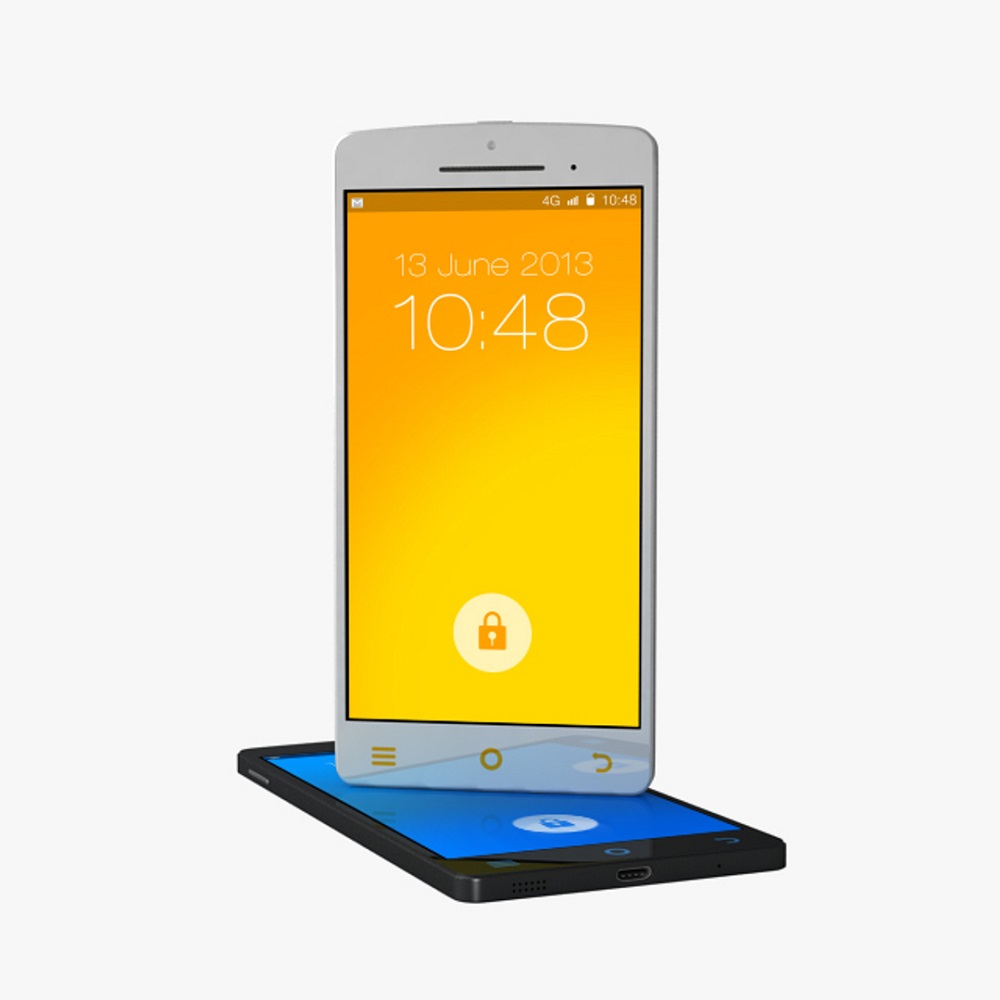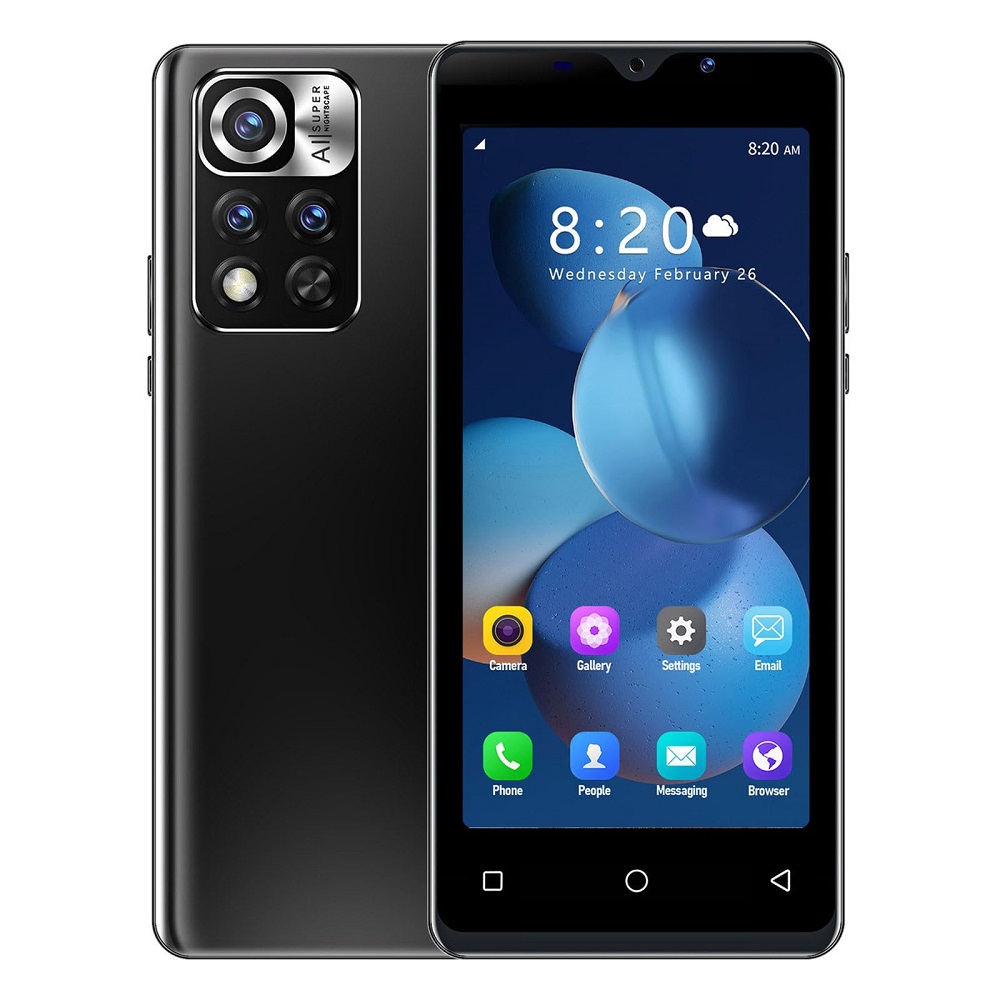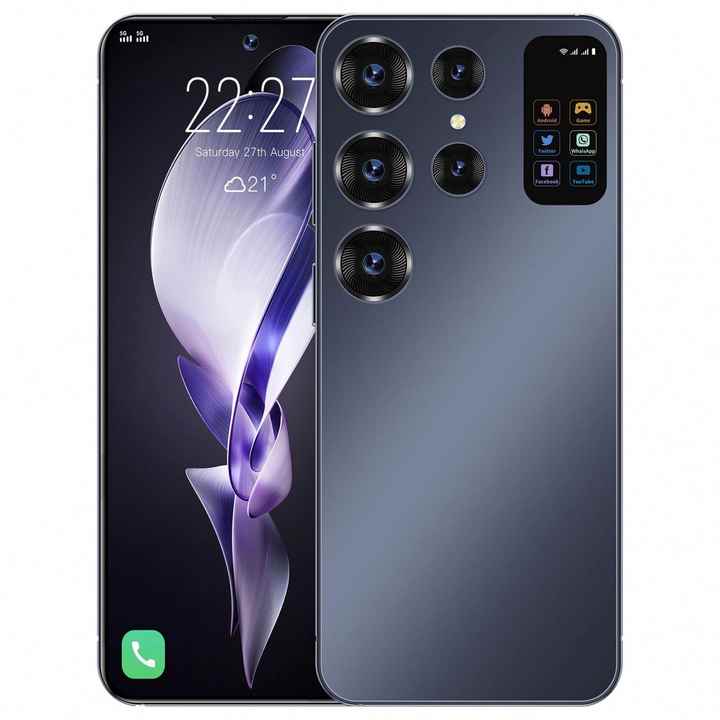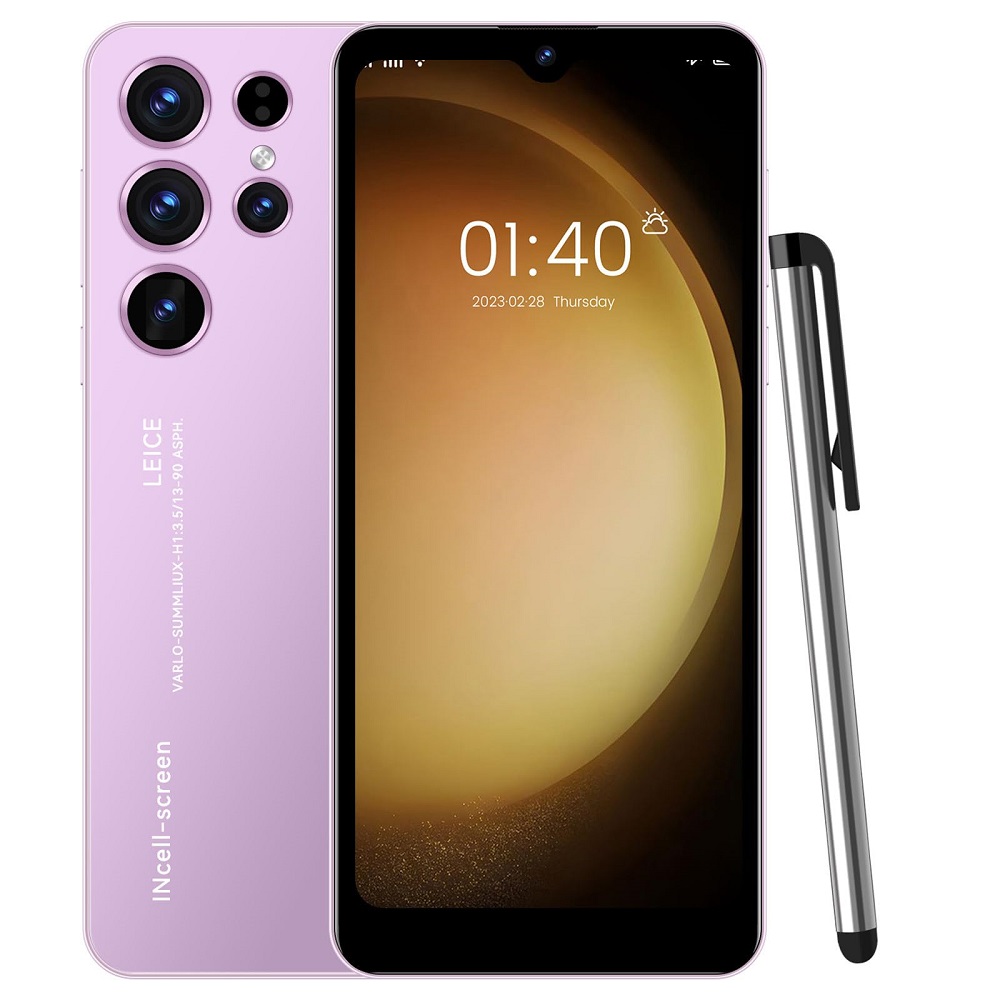Smartphones have become an essential part of our daily lives. From communication to entertainment, these devices play a crucial role in keeping us connected. Given the vast array of options available in the market, choosing the right generic smartphone can be overwhelming. Factors such as brand, specifications, and price point can greatly influence your decision. This guide aims to simplify the generic smartphone buying process by highlighting essential features to consider when selecting the perfect device for your needs.
Understanding Operating Systems
Android vs. iOS
The first decision to make when purchasing a generic smartphone is the operating system (OS). The two leading options are Android and iOS. Android is an open-source operating system developed by Google. It is used by various manufacturers, including Samsung, OnePlus, and Google itself. This variety offers users more choices in terms of hardware and pricing, making Android a versatile option.
On the other hand, iOS is the operating system exclusive to Apple’s devices, primarily the iPhone. iOS is known for its seamless integration with other Apple products, reliable performance, and robust app ecosystem. For individuals who are already deep in the Apple ecosystem, choosing an iPhone may provide the best user experience. Before buying, consider which operating system fits better with your lifestyle and preferences.
Software Updates and Support
Another important factor to consider is the software support each operating system provides. iOS generally receives regular updates for several years after device release. This support allows users to access new features and security improvements. Android devices, however, may receive varying levels of support depending on the manufacturer. Some brands prioritize updates, while others may lag behind. It is crucial to choose a brand known for its commitment to timely software updates to ensure your device remains functional and secure over time.

Key Specifications to Consider
Processor and Performance
The performance of a smartphone relies heavily on its processor. The processor, often referred to as the system-on-chip (SoC), determines how fast and efficiently a phone operates. Popular processors include Qualcomm’s Snapdragon series and Apple’s A-series chips. When evaluating performance, consider the intended use. For light tasks like browsing and emailing, a mid-range processor may be sufficient. For gaming or heavy multitasking, opt for devices equipped with high-end processors that can handle demanding apps and games.
In addition to the processor, RAM plays a significant role in performance. More RAM allows for smoother multitasking and improved overall responsiveness. As a general rule, 4GB of RAM is adequate for basic use, while 6GB or 8GB is better for gaming or heavy users. A higher amount of RAM avoids slowdowns when switching between applications.
Storage Options
Storage capacity is critical when choosing a smartphone. Most devices offer a range of storage options, typically starting from 64GB up to 512GB or more. Analyze your usage patterns. If you frequently store videos, photos, or install numerous apps, opt for a device with larger storage capacity.
It’s also essential to consider whether the smartphone supports expandable storage. Some Android devices allow the use of microSD cards to increase storage space affordably. Apple devices, however, do not support expandable storage, so you must buy the model that meets your needs from the start.
Display and Build Quality
Screen Technology and Size
The display quality of a smartphone can drastically affect the user experience. Modern smartphones come with various display technologies, including LCD and OLED. OLED displays generally offer better contrast and more vibrant colors than LCDs. When comparing devices, look for one with a high-resolution display, preferably Full HD (1080p) or higher, for clarity and sharpness.
In addition to the technology, the size of the display should suit your preferences. Larger screens are great for gaming, watching videos, and browsing the internet, but they can make a device cumbersome to hold. Conversely, smaller screens are easier to manage with one hand but might require more frequent zooming in for detail. Consider what feels most comfortable for your typical use case.
Build Quality and Durability
Build quality enhances the overall experience of using a smartphone. Premium materials, such as glass and metal, offer a more refined look and feel. Additionally, higher-quality materials often translate into better durability. Look for devices with an IP rating for water and dust resistance, which adds an extra layer of protection.
It is also worth considering whether the smartphone has Gorilla Glass or other scratch-resistant materials to prolong its life. Devices made from quality materials not only feel nicer but can also save money down the line by reducing repair or replacement needs.

Camera Features to Evaluate
Rear and Front Camera Setup
When choosing a smartphone, camera quality should be a top consideration, especially if photography is important to you. Look for devices with multiple rear cameras, as different lenses can offer various options for shooting. For example, wide-angle lenses capture more scenery, while telephoto lenses provide closer shots without losing detail.
The megapixel count is often highlighted in marketing materials, but it isn’t the only aspect that matters. Assess the camera’s aperture size, as a larger aperture allows more light to enter, improving low-light performance. A good front camera is also valuable for taking selfies or participating in video calls. Features like portrait mode, beautification options, and wide-angle selfies can enhance your experience.
Software for Photo Editing
Another key aspect of smartphone photography is the software accompanying each camera. Look for devices that include advanced photo editing features or modes. Some smartphones offer tools for adjusting exposure, filters, and background blurring directly within their camera app. This feature allows users to enhance their pictures instantly without needing third-party software. Understanding what each camera app offers can help you make a better choice based on your photography style.
Battery Life and Charging Options
Battery Capacity
When purchasing a smartphone, battery life is a crucial consideration. Check the battery capacity, typically measured in milliampere-hours (mAh). A battery with 3,000 mAh or more is generally considered adequate for moderate usage. For heavy users, or those who frequently watch videos or play games, aim for devices with 4,000 mAh or higher to ensure day-long performance.
Additionally, consider how different tasks impact battery life. For example, streaming video or gaming consumes more power than sending messages or browsing the web. Make smart choices according to your behavioral patterns to help manage battery life effectively.
Fast Charging Technology
Fast charging has revolutionized how users interact with smartphone batteries. Many phones now come with fast charging capabilities, allowing them to gain significant power in a short time. Research the charging speeds associated with your device to see if it supports fast charging and what charger it requires.
Wireless charging is another feature to consider. This technology allows you to place your phone on a charging pad for a cable-free experience. Keep in mind that while wireless charging is convenient, it usually charges at a slower rate than traditional wired solutions. Choosing a device with both options provides flexibility for various situations.

Connectivity Features
Network Compatibility
In today’s world, connectivity is vital when choosing a generic smartphone. Ensure that the device you select supports the latest 4G LTE or even 5G networks for faster data speeds. As networks evolve, having a smartphone that supports the newer technology ensures your device remains relevant for years to come.
When considering a phone, check for band compatibility for your region. Different carriers can have distinct band requirements, and ensuring your smartphone’s compatibility can prevent potential connectivity issues in the future.
Bluetooth and Wi-Fi
Evaluate the Bluetooth and Wi-Fi capabilities of the device. Most smartphones now come equipped with Bluetooth for pairing with accessories, such as headphones, smartwatches, and speakers. Look for the latest Bluetooth version for improved connectivity and battery efficiency.
As for Wi-Fi, features like dual-band support (both 2.4GHz and 5GHz) enhance browsing experiences and enable faster connections. If you frequently connect to public networks or want a smooth experience at home, strong Wi-Fi connectivity should be high on your priority list.
Setting a Budget
Understanding Cost Versus Value
Setting a budget is an essential step in the smartphone buying process. Prices vary widely based on features, brand reputation, and specifications. Mid-range smartphones offer excellent value for those who want features without breaking the bank. Flagship models, while often more expensive, tend to offer the latest technology and highest-quality materials.
Consider how much you are willing to invest, and balance that against your desired features. It is often helpful to create a list of must-have specifications versus nice-to-have features. This list will assist you in narrowing down options that fit both your needs and budget.
Long-Term Considerations
Beyond the upfront cost, think about the long-term implications of your purchase. Some devices may require high-end accessories or have additional costs associated with compatible products. For example, certain smartphones do not include a charger in the box, which may require you to purchase one separately.
Additionally, examine warranty and support options. Some manufacturers offer extended warranties or enhanced customer support, which can save money on repairs or replacements down the line. Investing in a device with good long-term support can lead to a more satisfying ownership experience.
Making an Informed Choice
Purchasing a generic smartphone involves careful consideration of many factors. From operating systems to camera capabilities, each component affects your overall experience. By understanding your preferences and needs, you can navigate the options available in the market with confidence.
Keep in mind the balance of price and value when making your decision. Research and engage with other users’ experiences to guide your choices. A well-informed decision will ensure that you select a generic smartphone that meets your expectations and serves you well for years to come.
With careful thought and planning, you can identify the ideal generic smartphone to enhance your daily life. Whether you prioritize camera quality, battery life, or gaming performance, the perfect device is waiting for you. Happy smartphone shopping!
